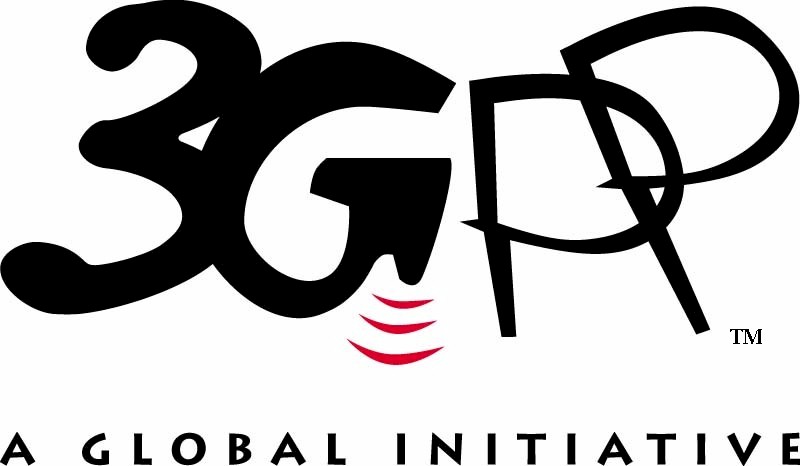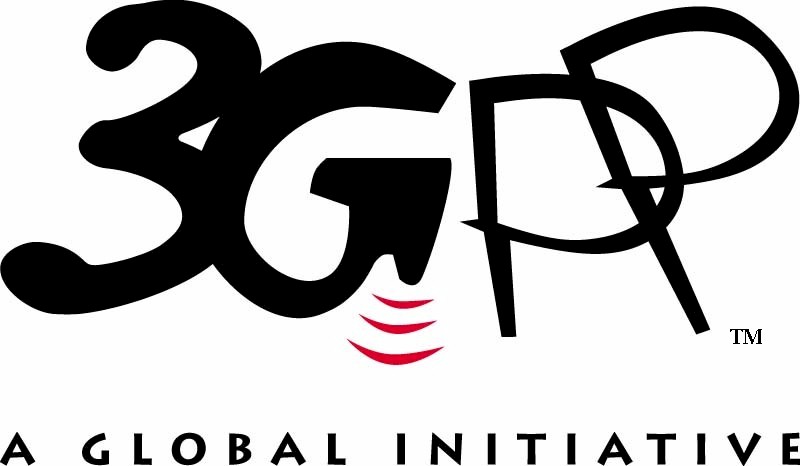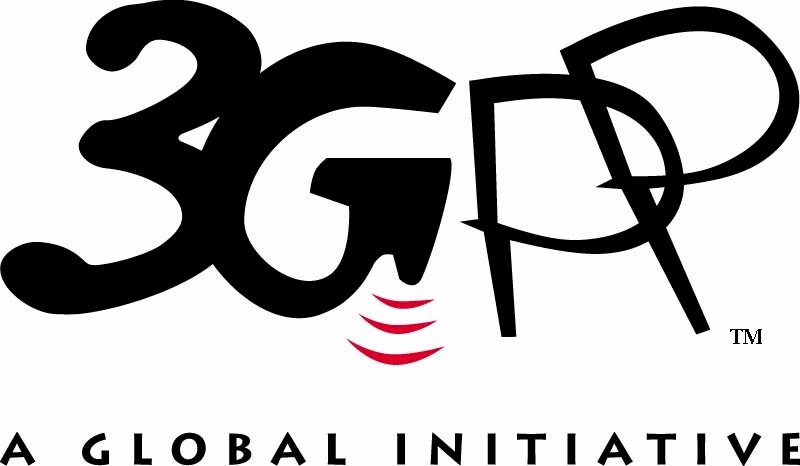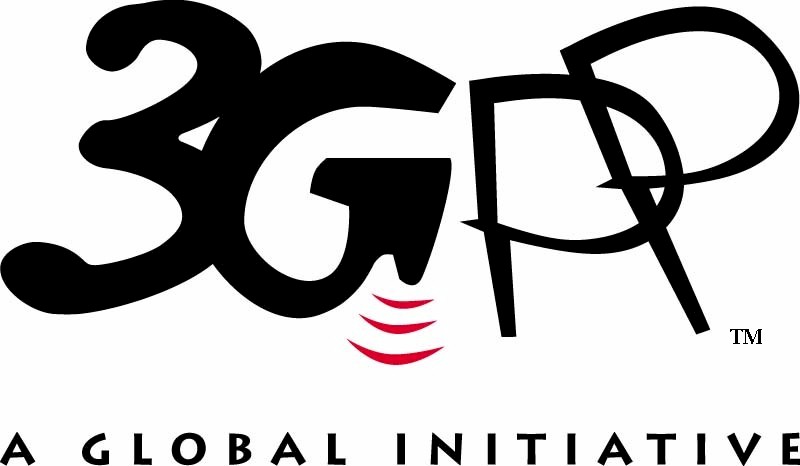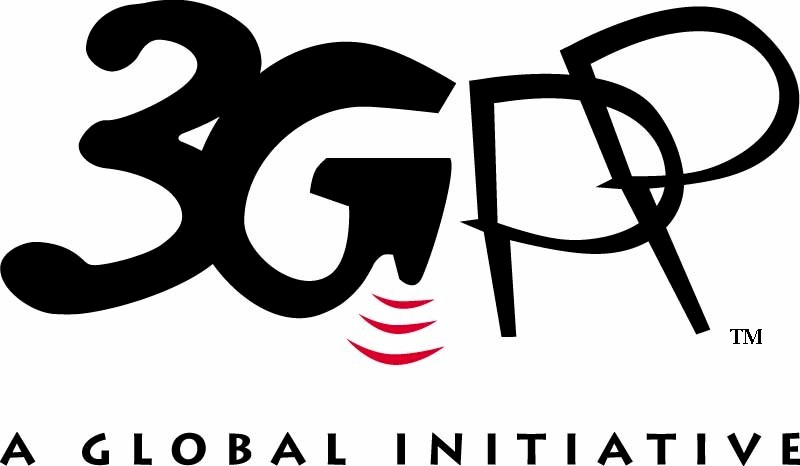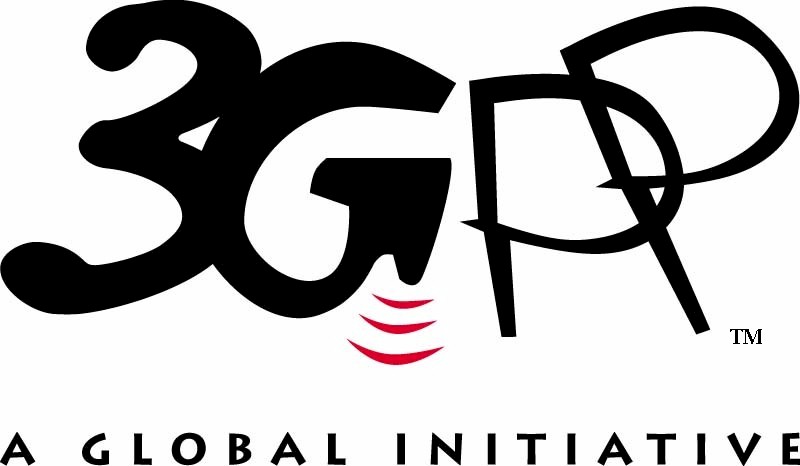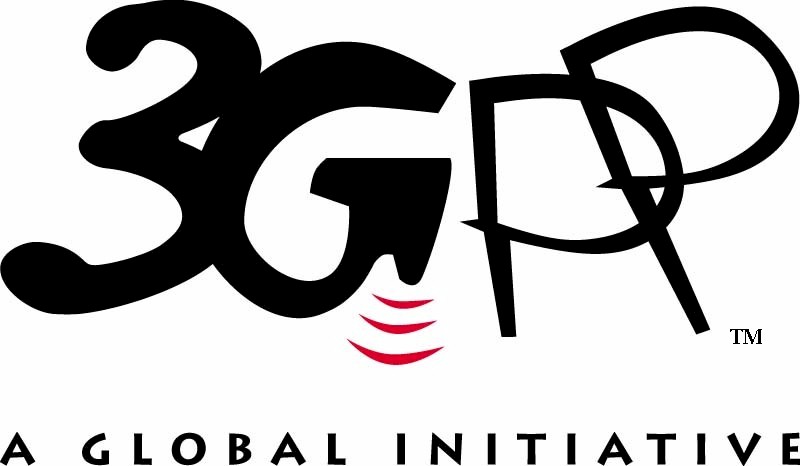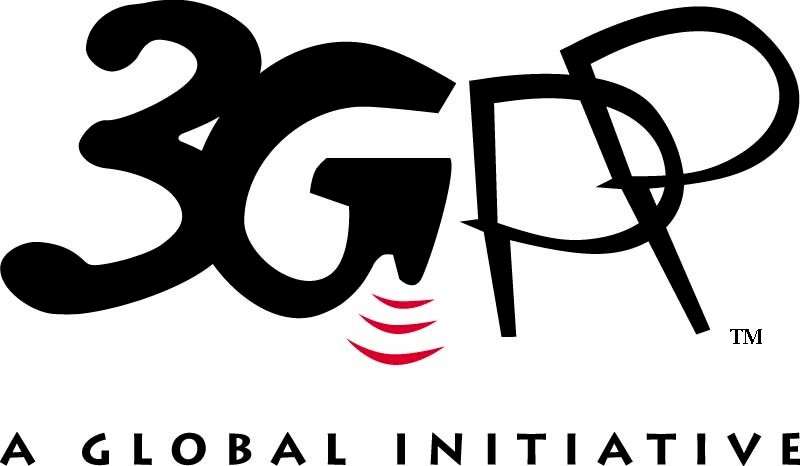SA2 SP-181118
Cellular IoT support and evoluation for the 5G system (SP-18118) is a 3GPP completed work item (WID) for Release 16 as part of the stage 2 work (5G phase 2).
This work focuses on specifying 5GS enhancements to enable cellular IoT functionalities for 5GS capable devices that also support eMTC (WB-EUTRA) or NB-IoT or both.
Functionalities are being specified as per TR 23.724, spanning:
- Support for infrequent small data transmission.
- Frequent small data communication.
- High-latency communication.
- Power-saving functions.
- Management of enhanced coverage.
- Overload control for small data.
- Support of the reliable data service.
- Support of common northbound API for EPC-5GC interworking.
- Network parameter configuration API via NEF.
- Monitoring.
- Inter-RAT mobility support to/from NB-IoT.
- Support for expected UE behaviour.
- QoS support for NB-IoT.
- Core network selection and steering for cellular IoT.
- Group message delivery using unicast NDD.
- MSISDN-less MOSMS and interworking with cellular IoT functionalities listed above.
Gap filling: 3GPP Rel-15 focused on specifying 5G system (5GS). This SA2 work fills gaps such as operator deployments of 5GS that need to consolidate CIoT and other services on 5GC, thereby aligning earlier work done on the Nothbound APIs for SCEF-SCS/AS interworking. As such, SP-181118 focuses on solutions capable of providing similar CIoT/MTC related functionality in 5GS. The rapporteur is Qualcomm Inc. (EU-based) with supporting members from EU and global supply-side companies.
